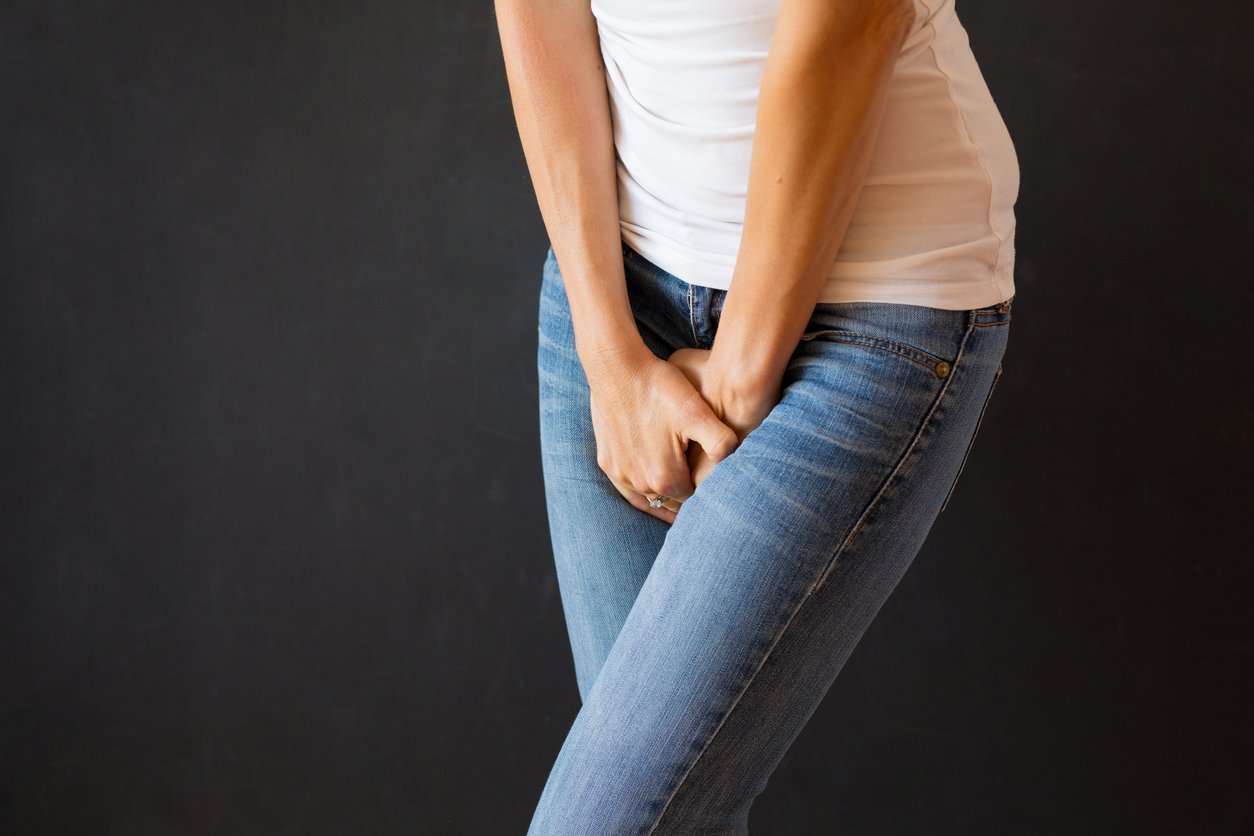Take Control of Urinary Incontinence with Pelvic Floor Health
The female body is amazing. We have the power to grow and nurture an actual human being and then physically bring LIFE into this world. But people seem to think when that’s all over with we can just carry on, as though we haven’t been ripped from the inside out by the cutest most delicate creature! While this miracle of life is beginning to grow inside, some not-so-miraculous things can start to happen, such as dribbling when you cough and sneeze. Women often ignore it, are too embarrassed to talk about it, or just think it’s a typical process associated with pregnancy. I’m here to tell you that it’s not!
Just like any muscle in our body, our pelvic floor, the group of muscles that support the base of the pelvis, can cause issues when it does not work properly. Urinary incontinence is typically caused from this muscular dysfunction. Our pelvic floor has three layers that must work together in a synchronized pattern in order to prevent any leakage. Due to the changing pressures within the abdomen along with gradual weight increasing in the belly as the baby begins to grow, the stress begins to put greater physiological and functional demand on these muscles. If our muscles cannot withstand this pressure to effectively support the bladder and urethra, leakage can happen. Many people believe that urinary incontinence does not warrant the attention or know there are therapeutic options available compared to any other muscle injury. If this was a sore shoulder or low-back, we wouldn’t just hope that it goes away, especially if it has a huge impact on your quality of life. Instead, we would seek help from a healthcare practitioner to address the root cause of the problem. So why should other muscular dysfunctions, as with the pelvic floor related to urinary incontinence be any different?
Urinary incontinence can be summarized into a few separate categories. There is stress urinary incontinence which is when you have leakage with increased pressure like coughing and sneezing or activities such as jumping or running. Overactive bladder incontinence is when you get the urge to urinate very strongly around certain triggers like running water, putting your keys in your front door, or thinking about leaving your house. These urges often make you do a funny dance or bolt to the bathroom in order to keep the leakage from happening. If you do not make it to sit on the porcelain throne as fast as humanly possible, often a larger amount of leakage happens. You can also hit the jackpot and have a combination of the two which we refer to as mixed urinary incontinence.
All of these conditions are drastically affected by the work of our pelvic floor muscles. Pelvic health physiotherapy works on muscular activation, strength, endurance, cortical inhibition, behaviour changes, and provides education regarding the systems humans don’t seem to want to talk about! An initial assessment involves a thorough history, internal and external examination looking at posture, muscle tone, strength, reflexes, and bilateral muscle coordination. Follow-up sessions include muscular training with a biofeedback machine (helping you identify and truly feel your muscles activating) and home-exercises to progress what you have learned in clinic. If you are someone or know someone with trouble holding their urine, a physiotherapist with specific certification in pelvic floor therapies can often provide tremendous benefit. We are out there, and we want to help!

